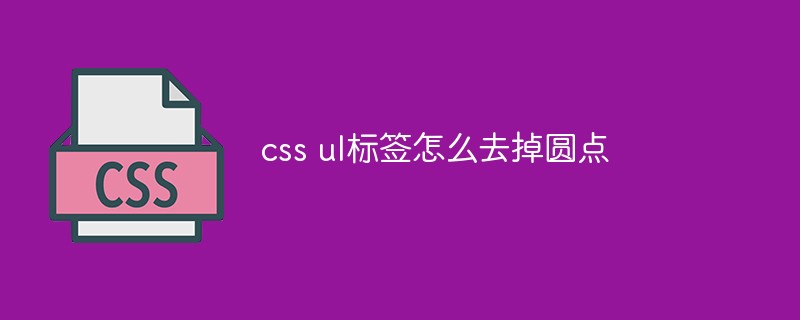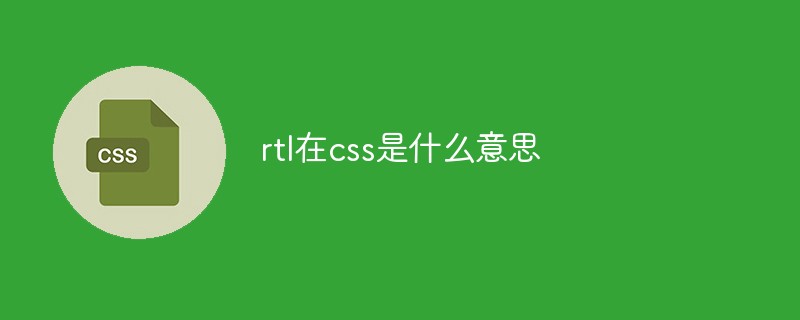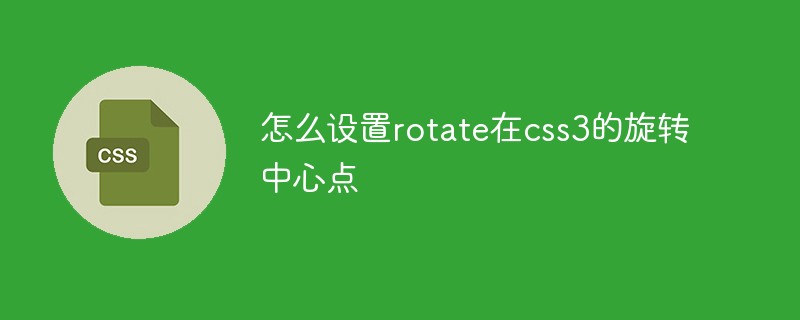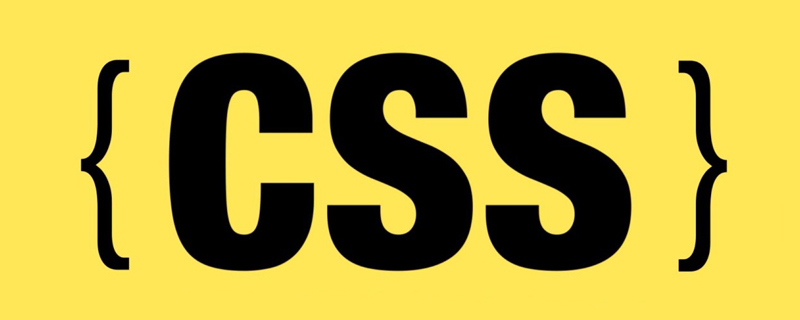height: 1.76em;">Among the many new CSS features, there are 3 new features adopted this year that make me uncontrollably excited.
1 . Feature Query
Not long ago, I wrote a CSS feature that I really hoped for, which is about feature query. Now it can basically be said that it already exists! It supports mainstream browsers except Internet Explorer ( Including Opera Mini)
Feature query, using the @supports rule, allows us to include CSS in a conditional block that checks whether the current user agent supports a CSS property Key-value pairs, the content will only take effect if supported. Here is a simple example that only applies display when the browser supports Flexbox: flex -
@supports ( display: flex ) {
.foo { display: flex; }
}In addition, use like and and not. With this operator, we can even create more complex feature queries. For example, we can detect whether the browser only supports the old Flexbox syntax -
@supports ( display: flexbox )
and
( not ( display: flex ) ) {
.foo { display: flexbox; }
}Support status
##.
TableLayout
The CSS table layout module defines a system for creating table-based layouts. It is similar to the flexbox layout module. But it is more explicitly designed forpage layouts , and there are many different features between them
Explicit item positioning Grids are represented by table containers (via display: grid creation) and table items (child components). In our CSS, we can clearly organize the position and order of table items, regardless of their markup (referring to HTML markup). For example. , I wrote an article about using CSS tables for holy layout. This article shows how to create the famous "Holy Grail Layout" through this module.
.hgheader { grid-area: header; }
.hgfooter { grid-area: footer; }
.hgmain { grid-area: main; }
.hgleft { grid-area: navigation; }
.hgright { grid-area: ads; }
.hg {
display: grid;
grid-template-areas: "header header header"
"navigation main ads"
"footer footer footer";
grid-template-columns: 150px 1fr 150px;
grid-template-rows: 100px
1fr
30px;
min-height: 100vh;
}
@media screen and (max-width: 600px) {
.hg {
grid-template-areas: "header"
"navigation"
"main"
"ads"
"footer";
grid-template-columns: 100%;
grid-template-rows: 100px
50px
1fr
50px
30px;
}
}Flexible LengthThe CSS Grid module introduces a new length unit, fr, which represents an equal division of the remaining space in the table container #. ##It makes it possible for us to allocate height and width to table items according to the available space in the table container. For example, in the Holy Grail Layout, I want the main partition to occupy all the space except the two sidebars. A simple piece of code to do this -
.hg {
grid-template-columns: 150px 1fr 150px;
}Gap
We can use the grid-row-gap, grid-column-gap and grid-gap attributes to explicitly define the spacing. The value of these properties is
Data type, which is a percentage of the content area size. For example, if you need a spacing of %5, you can write like this -
.hg {
display: grid;
grid-column-gap: 5%;
}Support status
The CSS Grid module was first supported by browsers in March this year.
 3. Native
3. Native
The last thing to talk about is native CSS variables. This module introduces a way for the author to define a variable that can be assigned a value like a CSS property.
For example, if a theme color is used in many places in our style sheet, we can abstract it and save it in a variable, and then reference the variable, instead of writing the actual value directly multiple times. :root {
--theme-colour: cornflowerblue;
}
h1 { color: var(--theme-colour); }
a { color: var(--theme-colour); }
strong { color: var(--theme-colour); } Currently it is possible to do these things in CSS preprocessors like SASS, but CSS variables are active in the browser. That is, their values can
in real time. For example, to change the value of the --theme-color attribute in the above example, we only need to do this -
const rootEl = document.documentElement; rootEl.style.setProperty('--theme-colour', 'plum');What is the support?
 As you can see, no feature is currently supported by all browsers, so what should we do to use it in production with peace of mind? The answer is: progressive enhancement! Last year I spoke at the Fronteers Conference about doing progressive enhancement related to CSS. Now I put it here -
As you can see, no feature is currently supported by all browsers, so what should we do to use it in production with peace of mind? The answer is: progressive enhancement! Last year I spoke at the Fronteers Conference about doing progressive enhancement related to CSS. Now I put it here -

The above is the detailed content of 3 new CSS features worth learning in 2017 (recommended). For more information, please follow other related articles on the PHP Chinese website!
 css ul标签怎么去掉圆点Apr 25, 2022 pm 05:55 PM
css ul标签怎么去掉圆点Apr 25, 2022 pm 05:55 PM在css中,可用list-style-type属性来去掉ul的圆点标记,语法为“ul{list-style-type:none}”;list-style-type属性可设置列表项标记的类型,当值为“none”可不定义标记,也可去除已有标记。
 css与xml的区别是什么Apr 24, 2022 am 11:21 AM
css与xml的区别是什么Apr 24, 2022 am 11:21 AM区别是:css是层叠样式表单,是将样式信息与网页内容分离的一种标记语言,主要用来设计网页的样式,还可以对网页各元素进行格式化;xml是可扩展标记语言,是一种数据存储语言,用于使用简单的标记描述数据,将文档分成许多部件并对这些部件加以标识。
 css3怎么实现鼠标隐藏效果Apr 27, 2022 pm 05:20 PM
css3怎么实现鼠标隐藏效果Apr 27, 2022 pm 05:20 PM在css中,可以利用cursor属性实现鼠标隐藏效果,该属性用于定义鼠标指针放在一个元素边界范围内时所用的光标形状,当属性值设置为none时,就可以实现鼠标隐藏效果,语法为“元素{cursor:none}”。
 rtl在css是什么意思Apr 24, 2022 am 11:07 AM
rtl在css是什么意思Apr 24, 2022 am 11:07 AM在css中,rtl是“right-to-left”的缩写,是从右往左的意思,指的是内联内容从右往左依次排布,是direction属性的一个属性值;该属性规定了文本的方向和书写方向,语法为“元素{direction:rtl}”。
 css怎么设置i不是斜体Apr 20, 2022 am 10:36 AM
css怎么设置i不是斜体Apr 20, 2022 am 10:36 AM在css中,可以利用“font-style”属性设置i元素不是斜体样式,该属性用于指定文本的字体样式,当属性值设置为“normal”时,会显示元素的标准字体样式,语法为“i元素{font-style:normal}”。
 css怎么实现英文小写转为大写Apr 25, 2022 pm 06:35 PM
css怎么实现英文小写转为大写Apr 25, 2022 pm 06:35 PM转换方法:1、给英文元素添加“text-transform: uppercase;”样式,可将所有的英文字母都变成大写;2、给英文元素添加“text-transform:capitalize;”样式,可将英文文本中每个单词的首字母变为大写。
 怎么设置rotate在css3的旋转中心点Apr 24, 2022 am 10:50 AM
怎么设置rotate在css3的旋转中心点Apr 24, 2022 am 10:50 AM在css3中,可以用“transform-origin”属性设置rotate的旋转中心点,该属性可更改转换元素的位置,第一个参数设置x轴的旋转位置,第二个参数设置y轴旋转位置,语法为“transform-origin:x轴位置 y轴位置”。


Hot AI Tools

Undresser.AI Undress
AI-powered app for creating realistic nude photos

AI Clothes Remover
Online AI tool for removing clothes from photos.

Undress AI Tool
Undress images for free

Clothoff.io
AI clothes remover

AI Hentai Generator
Generate AI Hentai for free.

Hot Article

Hot Tools

PhpStorm Mac version
The latest (2018.2.1) professional PHP integrated development tool

MantisBT
Mantis is an easy-to-deploy web-based defect tracking tool designed to aid in product defect tracking. It requires PHP, MySQL and a web server. Check out our demo and hosting services.

SublimeText3 Linux new version
SublimeText3 Linux latest version

SecLists
SecLists is the ultimate security tester's companion. It is a collection of various types of lists that are frequently used during security assessments, all in one place. SecLists helps make security testing more efficient and productive by conveniently providing all the lists a security tester might need. List types include usernames, passwords, URLs, fuzzing payloads, sensitive data patterns, web shells, and more. The tester can simply pull this repository onto a new test machine and he will have access to every type of list he needs.

EditPlus Chinese cracked version
Small size, syntax highlighting, does not support code prompt function








